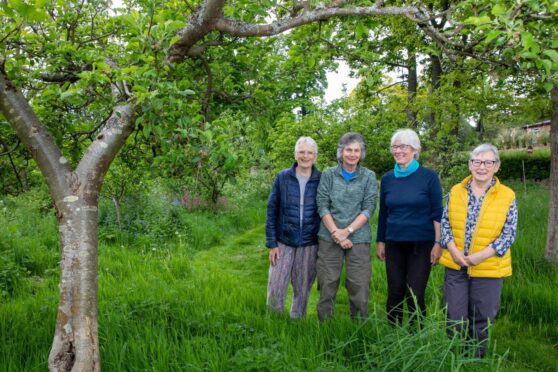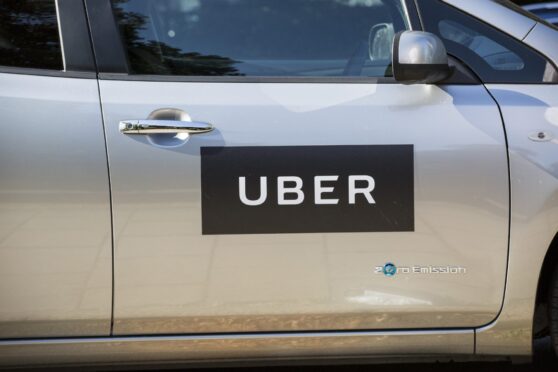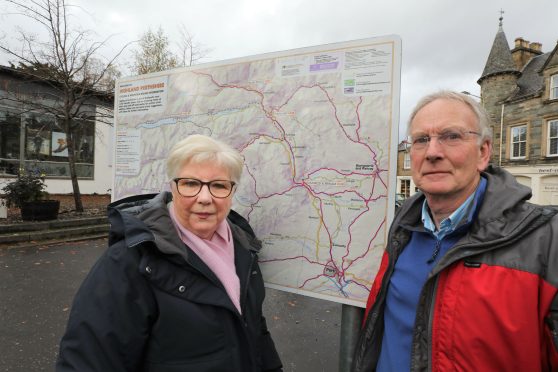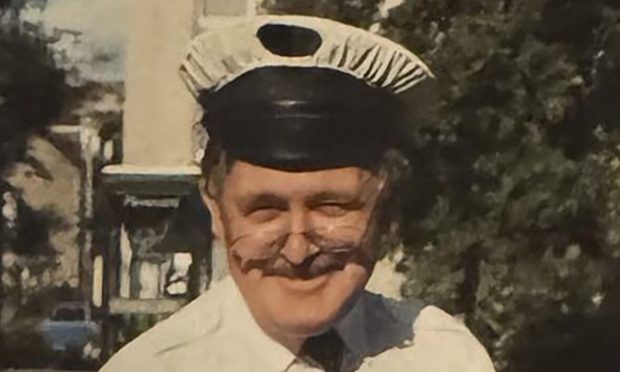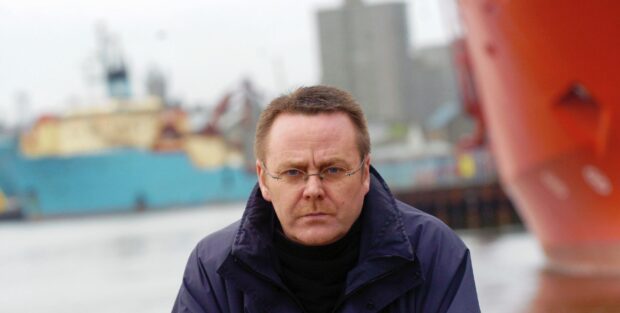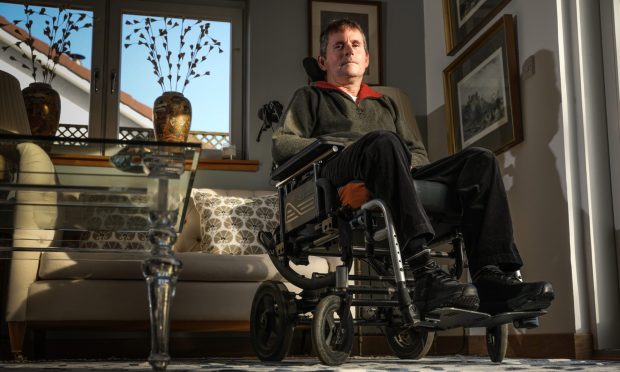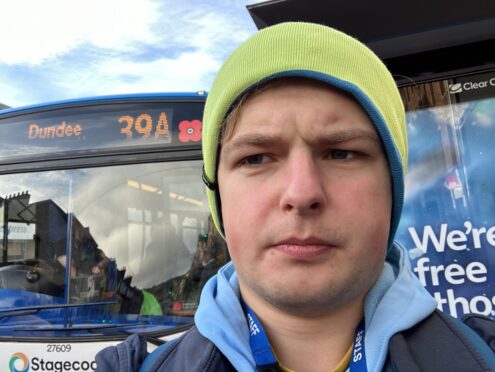Death doesn’t discriminate.
Thursday’s environment, protective services and community safety committee was a sobering reminder of that, as councillors gathered to consider a report highlighting Fife’s road casualty statistics for 2018.
While road safety partners are correct to point out that the long-term trend is reducing, no one is trying to put a positive spin on the fact that 10 people died on the region’s roads last year – five more than in 2017.
We had three deaths as a result of two crashes on the Standing Stane Road in recent months, and after each one came the inevitable calls for “something” to be done about the route.
The pleas are understandable.
As the road safety charity Brake says: “Road crashes are not accidents; they are devastating and preventable events, not chance mishaps.
“Calling them accidents undermines work to make roads safer, and can cause insult to families whose lives have been torn apart by needless casualties.”
There are things the authorities can do — change speed limits and introduce traffic calming measures.
Fresh forms of analysis are also being applied to road safety, in the form of heat maps showing where accidents are happening and analysis of design and layouts.
But drivers, passengers and pedestrians must also take responsibility for their own behaviour.
One fatality is one too many, but the simple reality is that many collisions can be avoided.
Evidence shows that more than 95% of deaths and serious injuries on the UK’s roads are due to human error, and are therefore preventable.
The main problem areas include drink driving, speeding, carelessness, inattention and not wearing seatbelts, and these are all things that we as road users can control.
Fife will only see further reductions in the number of people being killed or seriously injured if we all assume personal responsibility – whether as drivers, riders, passengers or pedestrians.
It seems a pointless exercise to continually set road casualty reduction targets when more often than not it’s an impossible thing to control.
That sort of benchmark setting can only undermine the great work being done by road safety partners to get the road safety message out.
You can lead a horse to water but you can’t make it drink.




